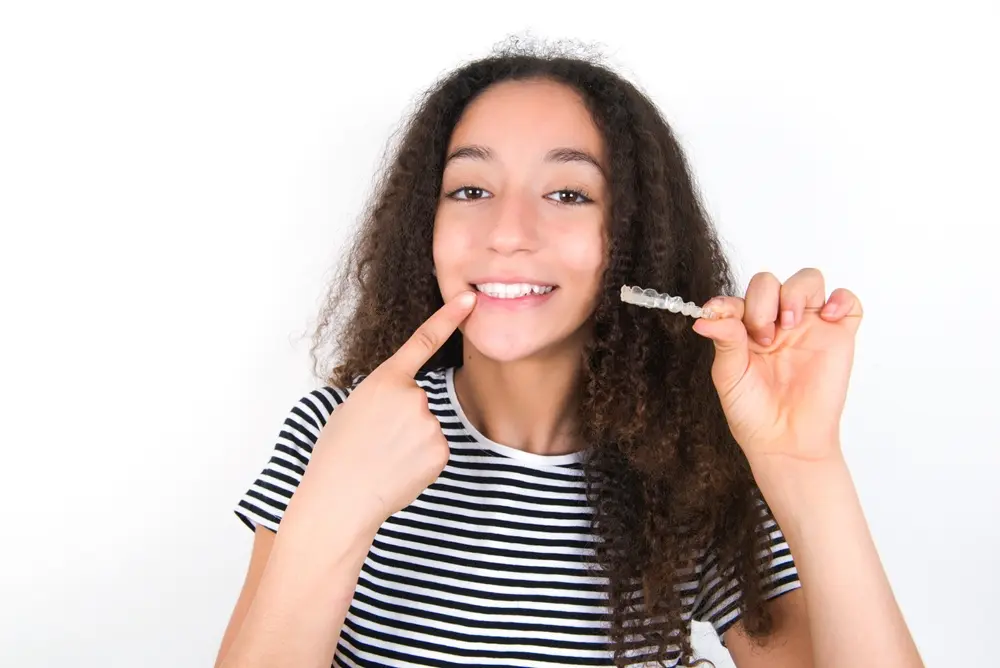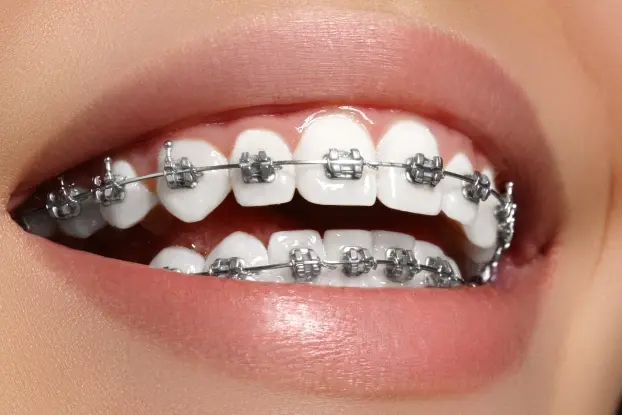
Dental Crowding Treated?
Dental crowding, which causes pain, discomfort, and embarrassment, needs attention. If ignored, it can lead to serious health issues.
Orthodontists are experts in using braces and Invisalign for crowded teeth. They know how to align both upper and lower teeth. Their extensive training allows them to move teeth, including front teeth and permanent teeth, safely and correctly.
Their skills are vital in preventing problems like gum disease. They are knowledgeable about different types of braces. This ensures they select the best treatment for each individual's needs.
The key to straight teeth and a healthy smile is an orthodontist's expertise. They use various tools and techniques for orthodontic treatment. This treatment is essential for fixing crooked teeth and dental crowding.
Remember, orthodontic treatment for dental crowding helps achieve a great smile. Trust your orthodontist to transform crooked teeth into a healthy, straight smile.







